Fertilising for Strong Roots & Soil Health: NSW Autumn Gardening Guide
Building Soil Structure and Encouraging Root Development with Fertilising: A Late Autumn Guide for NSW Gardeners
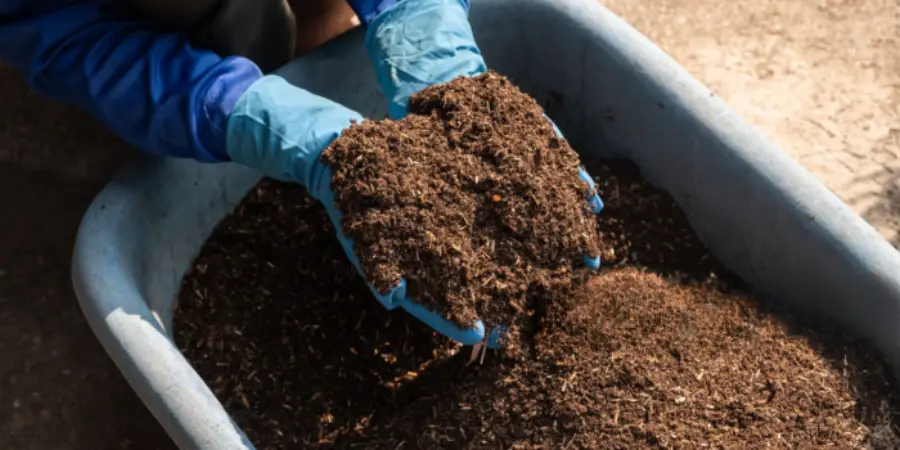
Why Gardening Services Matter: Pre-Sale and End of Lease
The summer foliage’s vibrant hues begin to fade, the temperature drops sharply, and the days grow shorter. Day length increases, the air turns crisply cold, and the vibrant hues of summer leaves begin to fade. While some might think the gardening season is drawing to a close, astute gardeners know that this is a crucial period for laying the groundwork for a thriving spring and summer. And at the heart of this preparation lies the often-underestimated power of nurturing our soil structure and encouraging robust root development through thoughtful fertilising practices.
For many, the term “fertilising” conjures images of simply adding nutrients to the soil. While this is certainly a component, a truly holistic approach recognises that fertilising plays a far more intricate role in the overall health and vitality of our gardens. It’s not just about feeding the plants; it’s about fostering an environment where they can access those nutrients efficiently and build a strong foundation for future growth. This foundation, my friends, is all about the soil structure and the intricate network of roots that anchor our plants and draw sustenance from the earth.
The Unsung Hero: Soil Structure
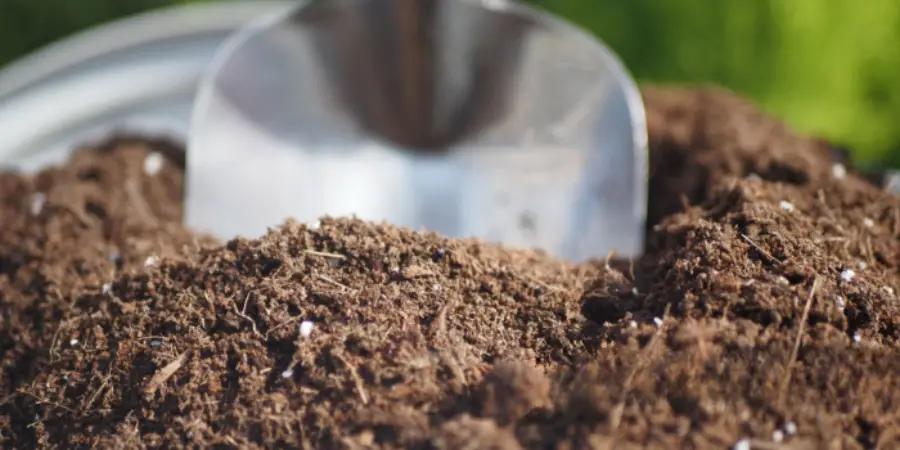
Consider your garden’s soil to be a bustling underground city. A well-structured soil is like a well-planned metropolis, with clear pathways for air and water to circulate, ample living spaces for beneficial microorganisms, and a robust network of connections that facilitate the movement of nutrients. Conversely, poorly structured soil is akin to a congested, inefficient urban sprawl, hindering growth and making plants more susceptible to stress.
In the context of late autumn in NSW, the cooler temperatures and often increased rainfall provide an ideal opportunity to improve soil structure. It is imperative to include organic materials like aged manure, leaf mold, or well-rotted compost. These materials act like tiny sponges, improving water retention in sandy soils and enhancing drainage in clay-heavy soils. They also create those vital air pockets that roots need to breathe and beneficial soil organisms require to flourish. Moreover, the slow decomposition of organic matter releases nutrients gradually, providing a sustained source of nourishment for your plants.
Turning over your soil gently and incorporating these organic amendments now allows them to break down over the winter months, creating a crumbly, friable texture that roots will readily penetrate come springtime. Avoid aggressive tilling, however, as this can disrupt the delicate soil ecosystem and damage existing soil structure. A gentle forking or broadforking is often sufficient to aerate the soil and incorporate organic matter.
Root Development: The Hidden Key to Plant Health
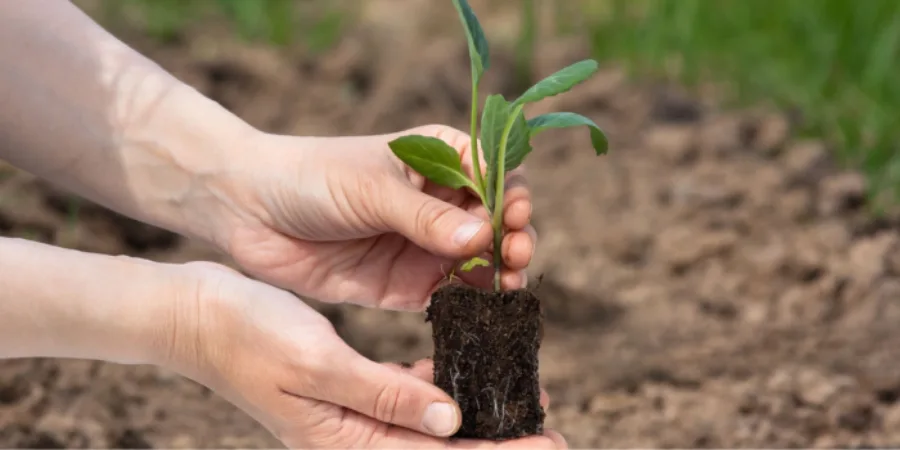
A healthy garden’s unsung hero is its sturdy roots. These intricate networks anchor plants firmly in the ground, making them more resilient to wind and drought. More importantly, they are the primary means by which plants absorb water and essential nutrients from the soil. A well-developed root system allows plants to access a larger volume of soil, making them more efficient at acquiring the resources they need to grow strong and healthy.
In late autumn, as plants begin to slow their above-ground growth, they often continue to develop their root systems. This is a crucial time to support this underground activity. Providing the right balance of nutrients through careful fertilising can significantly encourage root growth.
The Art and Science of Late Autumn Fertilising
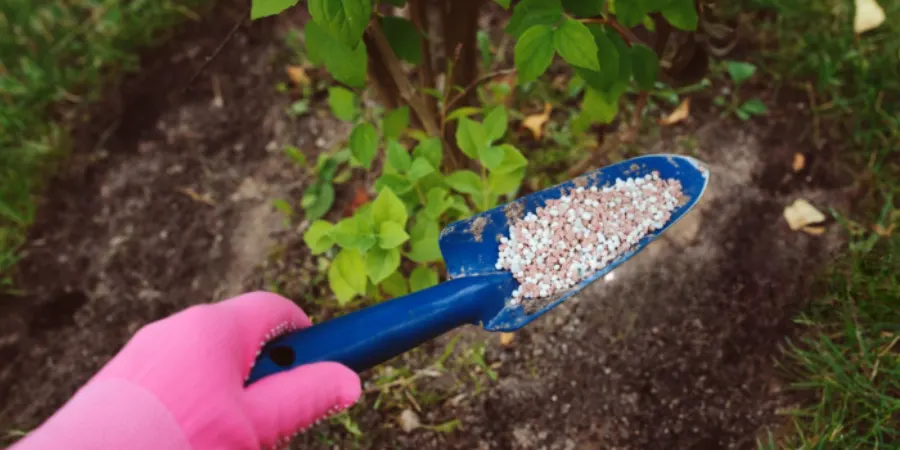
Now, let’s talk about the role of fertilising in building soil structure and encouraging root development during this transitional season. It’s not about a blanket application of high-nitrogen fertilisers, which are typically geared towards promoting leafy growth in spring and summer. Instead, our focus shifts towards nutrients that support root development and overall plant resilience.
Phosphorus (P): When it comes to root growth, this is the main attraction. Applying a fertiliser that is relatively high in phosphorus during late autumn can stimulate the development of a strong and extensive root system. This will give your plants a significant head start come spring, allowing them to access nutrients and water more efficiently as the weather warms up. A greater middle value in the nitrogen, phosphorus, and potassium (NPK) ratio indicates the choice of fertiliser.
Potassium (K): Often referred to as the “plant strengthener,” potassium plays a vital role in overall plant health, including disease resistance and the efficient uptake of water and nutrients. Plants that receive a healthy dose of potassium in the late fall are better equipped to endure the winter’s hardships and grow quickly in the spring.
Avoiding High Nitrogen (N): While nitrogen is essential for leafy growth, applying excessive amounts in late autumn can encourage soft, new growth that is vulnerable to frost damage. Some plants’ natural dormant cycle may also be disturbed. As a result, pick fertilisers with a lower NPK ratio initial value.
The Importance of Soil Testing: Before you reach for any fertiliser, consider getting your soil tested. Your soil’s current pH balance and nutrient levels will be better understood as a result. Applying fertilisers without knowing what your soil actually needs can be wasteful and even detrimental to plant health. Your local garden centre or agricultural supply store can often provide soil testing kits or direct you to testing services.
Organic vs. Synthetic Fertilisers: Both organic and synthetic fertilisers have their place in the garden. Organic fertilisers, such as bone meal (high in phosphorus), rock phosphate, and wood ash (rich in potassium), release nutrients slowly and also contribute to improving soil structure over time. Synthetic fertilisers offer a more readily available source of nutrients, allowing for more precise application. For late autumn, slow-release organic options can be particularly beneficial for providing a sustained supply of root-promoting nutrients.
Application Methods: Ensure you follow the manufacturer’s instructions carefully when applying any fertiliser. Granular fertilisers should be evenly distributed around the base of the plants and gently blended with the soil. It is possible to dilute liquid fertilisers and apply them as a soil drench. Avoid applying fertiliser directly to plant foliage, as this can cause scorching.
Beyond Fertilising: Holistic Soil and Root Care
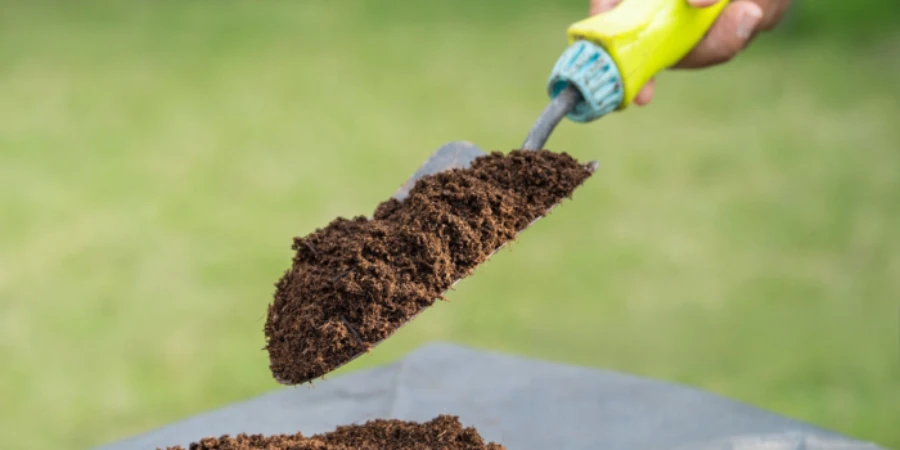
Mulching: Applying a layer of organic mulch, such as wood chips, shredded bark, or straw, around your plants helps to retain soil moisture, suppress weeds, and protect roots from temperature fluctuations. Furthermore, as the mulch breaks down, it adds healthy organic matter to the soil.
Watering Wisely: While rainfall may increase in late autumn, it’s still important to monitor soil moisture levels. Avoid overwatering, which can lead to waterlogged soil and hinder root growth. Water sparingly and deeply, letting the soil dry out a little in between applications.
Avoiding Soil Compaction: Heavy foot traffic can compact the soil, reducing aeration and making it difficult for roots to penetrate. Avoid stepping on your garden beds whenever possible, especially if the soil is damp. Use stepping stones or designated pathways.
Companion Planting: Certain plant pairings can actually benefit soil health and root development. For example, legumes can fix nitrogen in the soil, while deep-rooted plants can help to break up compacted layers.
By embracing these practices, alongside thoughtful fertilising, you’ll be creating a nurturing environment that will support strong root development and build a resilient soil structure, setting your garden up for a spectacular display when spring arrives.
As the days continue to shorten and the leaves continue to fall, take this time to invest in the unseen foundations of your garden. By focusing on building healthy soil and encouraging robust root development now, you’ll be rewarded with stronger, healthier, and more vibrant plants in the seasons to come.
The team at Fox Mowing NSW are passionate about every facet of turf maintenance and gardening. To learn more about our services and expert support, visit our website or give us a call at 1800 369 669.
Embrace the quiet beauty of late autumn in your garden, knowing that the work you do now will yield bountiful rewards in the future. Happy gardening!
Contact Us
Please find below contact details and contact us today!
-
1800 369 669
1800 FOX MOW - fox@foxmowing.com.au
Why Choose Fox Lawn Mowing?
- We're lawn care specialists
- We're experts in lawn edging, lawn mowing and lawn weed control
- Our lawn systems are top quality
- Every team member is a professional
